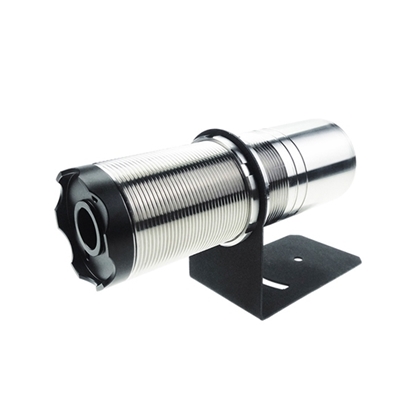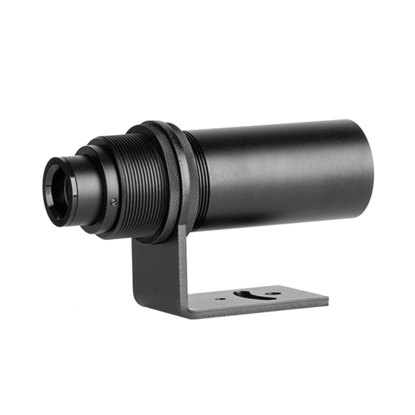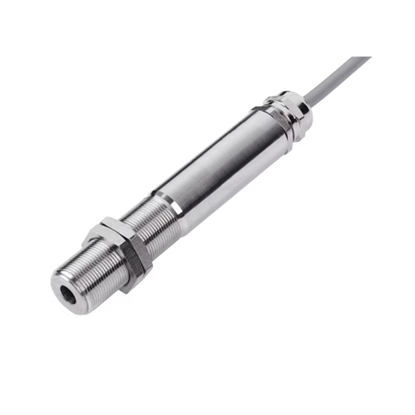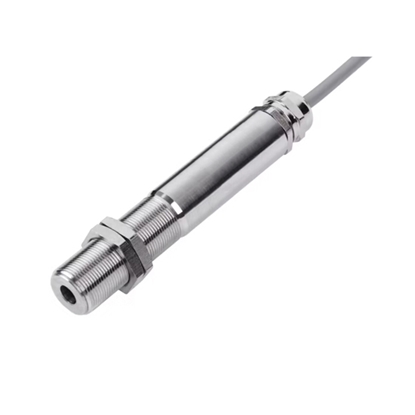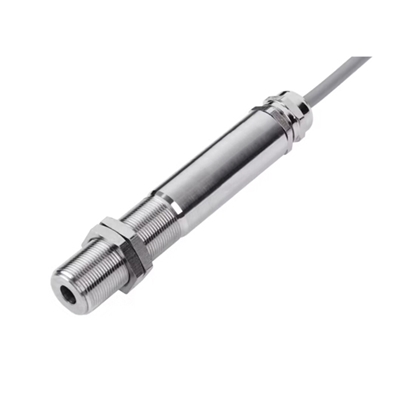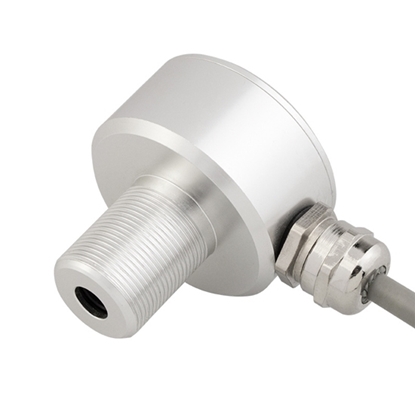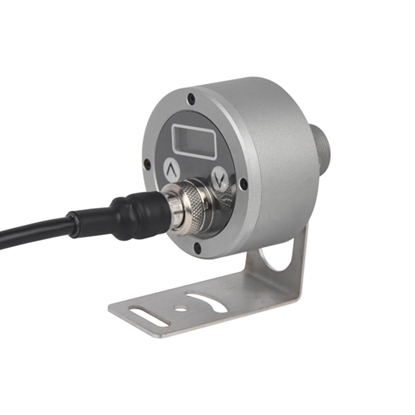Infrared Temperature Sensor
High Temperature Infrared Sensor, Non-Contact, 4-20mA Output
Industrial Laser Infrared Temperature Sensor, 300 ~ 1400℃
Infrared Temperature Sensor for Human Body
Infrared Temperature Sensor, Non-Contact, 0 ~ 1200℃
Infrared Temperature Sensor, Non-Contact, 4-20mA Output
Infrared Temperature Sensor, Non-Contact, 4-20mA/ RS485 Output
Non-Contact Infrared Temperature Sensor with Display
Non-contact infrared temperature sensor is also called IR temperature sensor, generally using pyroelectric or photoelectric probe as detection elements. This infrared temperature sensor has a simple structure, which can measure the temperature of a large area or a certain point on the object to be measured. Infrared temperature sensor plays an important role in product quality control and monitoring, equipment online fault diagnosis and safety protection, and energy saving. ATO.com provides different types of industrial infrared temperature sensors for you, factory price with 4-20mA or RS485 signal output. They can be easily installed in a variety of applications, especially suitable for industrial environments that require long distances and strong interference.
Working Principle
Every object above absolute zero (-273.15°C or 0 Kelvin) emits infrared radiation as a function of its temperature. This phenomenon is described by Planck’s Law and the Stefan–Boltzmann Law. Infrared temperature sensors detect this emitted radiation and convert it into an electrical signal to calculate temperature. The sensor typically includes three main components:
- Optical system: Collects and focuses infrared radiation onto a detector.
- Detector (Sensor Element): Converts the incident radiation into an electrical signal. Common types include thermopiles, pyroelectric detectors, and photodetectors.
- Signal Processing Circuitry: Amplifies and processes the signal, often integrating analog-to-digital converters and temperature compensation algorithms.
The accuracy of an IR temperature sensor depends significantly on the emissivity of the target object — a measure of how efficiently it emits infrared energy. Most sensors allow emissivity adjustments to compensate for different surface materials.
Types of Infrared Temperature Sensors
- Thermopile Sensors: Thermopile IR sensors detect absolute temperature based on thermoelectric voltage generated by a temperature gradient across multiple thermocouple junctions. They are low-cost, simple, and suitable for measuring static objects. Thermopile sensors are often found in home appliances, handheld thermometers, and HVAC systems.
- Pyroelectric Sensors: These pyroelectric infrared sensors respond to changes in infrared radiation, making them suitable for detecting moving heat sources rather than static temperature measurement. They are commonly used in motion detectors, fire detection systems, and occupancy sensors. Pyroelectric materials generate an electric charge when their temperature changes due to incident IR radiation.
- Quantum Detectors (Photon Detectors): Quantum IR sensors (e.g., Indium Antimonide - InSb, Mercury Cadmium Telluride - HgCdTe) are extremely sensitive and can detect specific wavelengths of infrared radiation. They operate effectively in the mid to far-infrared spectrum but often require cooling (e.g., cryogenic or thermoelectric) to reduce thermal noise. These are typically used in aerospace, defense, and advanced scientific instrumentation.
- Multi-spectral or Dual-wavelength Sensors: These sensors measure radiation at two or more wavelengths to improve accuracy and reduce the impact of emissivity variations or atmospheric interference. They are ideal for high-precision applications such as combustion analysis, glass production, and high-temperature metal processing.
Advantages and Limitations
| Advantages | Limitations |
| Non-contact measurement – safe for hot, hazardous, or moving objects | Accuracy depends on correct emissivity settings |
| Fast response time – suitable for real-time monitoring | Environmental factors (e.g., dust, smoke, steam) can affect readings |
| Long lifespan and low maintenance – no physical wear | Requires clear line-of-sight to the target |
| Suitable for a wide range of temperatures and materials | Reflective surfaces can cause measurement errors |
| Capable of long-distance temperature monitoring | Generally less accurate than contact-type sensors like thermocouples |
Applications
- Industrial Automation: Infrared sensors are widely used in manufacturing and process control to measure the temperature of moving parts, high-temperature furnaces, glass sheets, and molten metals. Since they do not require physical contact, they are ideal for monitoring hazardous or hard-to-access environments.
- Healthcare and Medical Devices: IR temperature sensors are used in non-contact thermometers (e.g., forehead and ear thermometers), patient monitoring devices, and fever screening systems in public areas. Their fast response and hygiene benefits make them essential during public health crises like pandemics.
- Automotive Systems: In vehicles, IR sensors monitor the temperature of engine components, brake systems, and cabin environments. They are also used in occupant detection for airbag deployment systems and adaptive climate control systems.
- Consumer Electronics and Smart Homes: Infrared sensors are integrated into smart appliances such as air conditioners, ovens, and microwave ovens to enable intelligent temperature control. In smart homes, they support presence detection and energy-saving features.
- Safety, Security, and Fire Detection: In security systems, thermal IR sensors detect intrusions by sensing body heat, even in total darkness. In fire detection, they can identify rapid temperature rises or detect hot spots in environments with limited visibility due to smoke or dust.
- Aerospace and Scientific Research: Infrared temperature sensors on satellites and scientific instruments monitor Earth’s surface temperatures, atmospheric conditions, and celestial bodies. Their high precision and remote-sensing capabilities are vital in environmental monitoring and space exploration.

